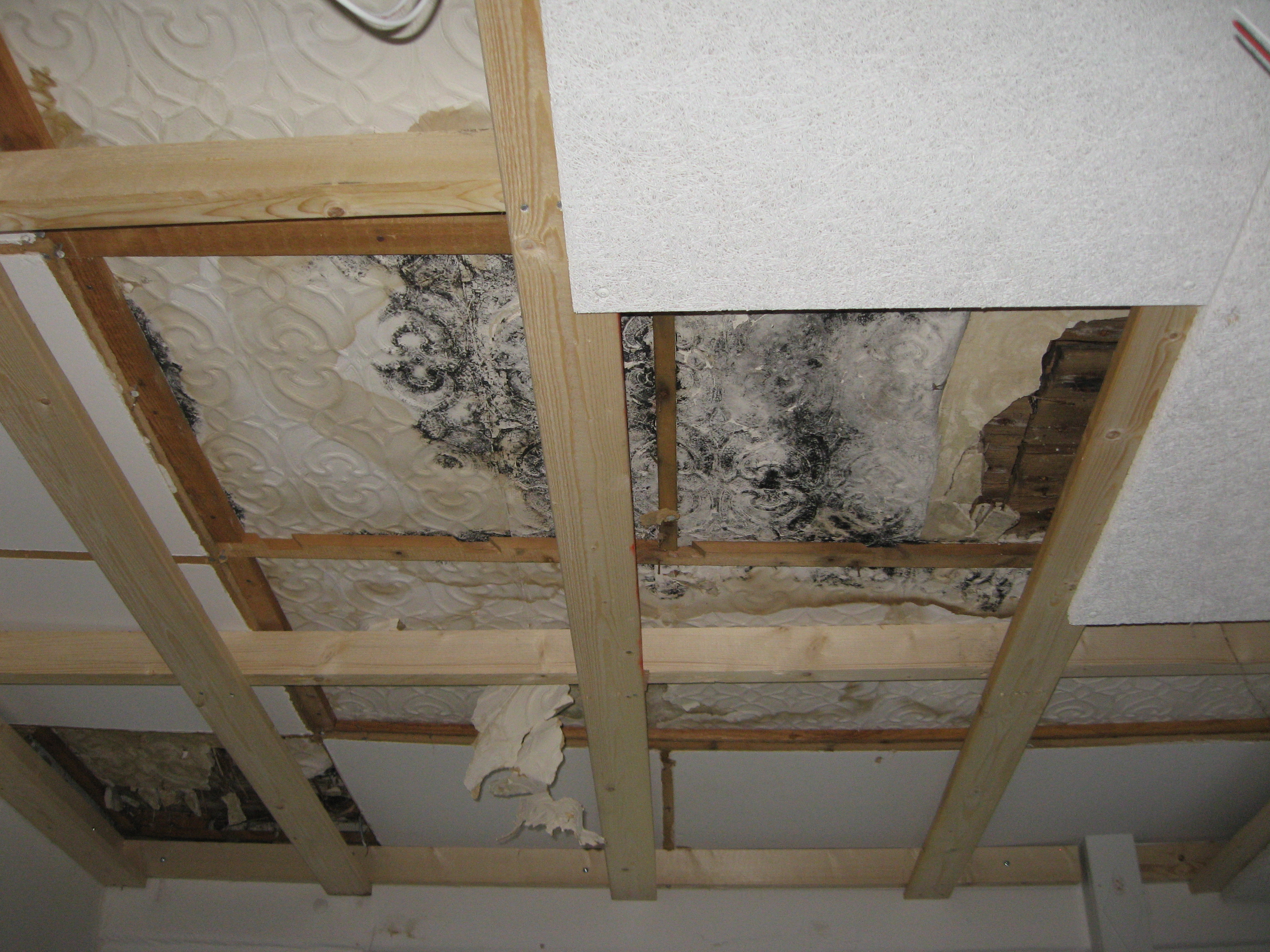
Mycotoxins
Several species of mould secrete toxic secondary metabolites known as mycotoxins, which have been shown to be carcinogenic and can cause mycotoxicosis even at low concentrations. Aflatoxins and ochratoxins are examples of mycotoxins with significant impacts on public health and agriculture. Exposure to mycotoxins primarily occurs through inhalation or ingestion of contaminated food and feed, particularly in post-harvest crops like cereal grains. As a result, regulatory bodies such as the European Union have established maximum allowable levels of mycotoxins in food, as seen in Commission Regulation 2023/915. However, mycotoxins are also found in water-damaged buildings, though much less is known about their effects on occupants. This project aims to develop a sensitive and accurate method for detecting various mycotoxins and to investigate how their presence in buildings correlates with indoor mould growth.






